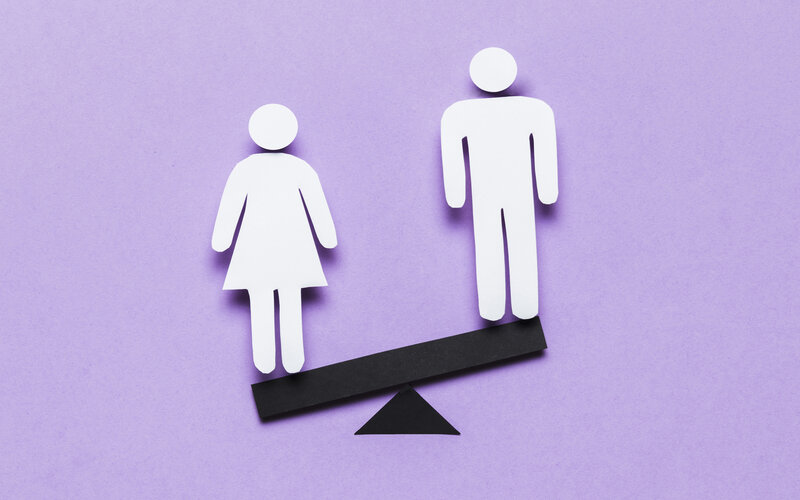A new study from Allianz has revealed low financial literacy could be costing the average household in Australia around $107,886 over a 10-year period compared to households led by people who understand financial basics.
Allianz surveyed over 1,000 Australians and found just over half (58%) had average financial literacy, with only 17% demonstrating high financial literacy.
Two-thirds (66%) of the respondents worry that they know less than the average investor about financial markets and investing.
Based on the amount of financial assets owned by the average household, Allianz calculates that the difference in income from any kind of investment can differ between people with low, average, and high financial literacy.
A person with high financial literacy can expect to earn an extra $7,869 per year, which is more than six times the median weekly earnings of all employees in Australia in 2022
Over the course of 30 years, this adds up to $804,381.
Allianz Chief Economist Ludovic Subran said low financial literacy costs people not only self-confidence, but also a lot of money.
“Low financial literacy really hurts,” Mr Subran said.
“In fact, over long investment periods, like when saving for retirement, it can literally cost you a fortune.
“By acquiring basic knowledge and skills, people can move from low to average financial literacy and put a lot more money in their pockets.”
For Aussies with average financial literacy, 51% receive financial advice from their family or friends before turning to a financial advisor (39%).
While those with low financial literacy also rely on family and friends (55%), social media and news outlets are quoted as the second most preferred source of advice.
Gender gap prevalent in financial literacy
The results also indicate a persistent gender gap in understanding finances.
Aussie women were found to exhibit lower financial literacy than men - 34% of women versus 16% of men.
Three in four (76%) of women surveyed were not confident with their financial situation and did not know how to find information on how to save or invest wisely.
AMP Deputy Chief Economist Diana Mousina said the financial literacy gender gap in Australia is higher relative to our global peers.
“We know that lower financial literacy results in worse financial outcomes including slower wealth accumulation, poorer investment decisions, and lower superannuation savings,” Ms Mousina said.
“There are also social impacts including reduced confidence, poorer living standards, and less financial freedom.”
In 2021, the average female superannuation balance at retirement age (60-64) was around 21% smaller than males - $406,000 for men versus $321,000 for women.
“Female superannuation balances start below males from a young age because females earn less than males on average,” Ms Mousina said.
“Women take time out of the workforce if they have children, and more females work part-time than males.
“Women’s financial positions tend to start off behind men and this issue gets worse through time due to the financial literacy problem.”
Read More: What is the gender super gap?
Can anything be done?
According to Ms Mousina, the key to alleviating the financial literacy gender gap is providing more knowledge to women.
“The government has a role to play through offering financial literacy classes in school and providing better access to financial counselling and encouraging the study of economics in high school and university to females,” she said.
“Financial services organisations, including banks and superannuation providers should be proactively making education resources available to their customers.
“And from an employer perspective, financial wellbeing can be offered as an employee benefit, for example encouraging staff to have knowledge about their superannuation.”
Alllianz Senior Economist Patricia Pelayo Romero said financial literacy is more than boosting mathematics skills.
“Any successful financial literacy intervention, particularly those catering to women and young people, should start with confidence building,” Ms Romero said.
Image by freepik



 Denise Raward
Denise Raward


 Hanan Dervisevic
Hanan Dervisevic
 Harry O'Sullivan
Harry O'Sullivan

